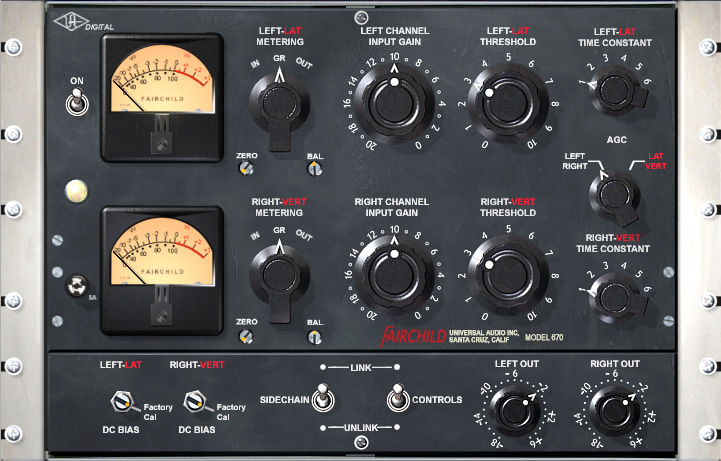Uad Plugins Torrent


Pirate Bay
It's been a long time coming, but the successor to Universal Audio's hugely popular UAD1 DSP card is finally with us. So is the UAD2 everything we hoped it would be? Ever since we reviewed Universal Audio's first–generation plug–in DSP PCI card, the UAD1, back in the October 2001 edition of SOS, more and more musicians have invested in the platform. This must partly be on account of the company's many painstaking digital recreations of classic analogue processors (including some of their own hardware range), which have been very successful in translating Universal Audio's enviable reputation for sonic excellence into the computer–studio world. But you can never have enough plug–in power, of course, so even since 2004 Universal Audio have been beavering away to give the concept a shot in the arm. However, unable to source a more powerful code–compatible replacement for Chromatic's Mpact 2 Media Processor chip (on which the UAD1 was based) they had to go back to the drawing board and design their new UAD2 around another signal processor, a step which inevitably lengthened the development process such that the second–generation hardware has only now begun shipping.
Three versions of the UAD2 hardware exist: Solo, Duo, and Quad. These are blessed with one, two, and four of Analog Devices' SHARC 21369 DSP chips respectively, each of which offers approximately 2.5 times the processing power of the Mpact 2. Up to four UAD1 and four UAD2 cards can run simulataneously on the same computer, a setup that offers a trouser–trembling 44 times the processing power of a single UAD1 card. There are now more external DSP processing alternatives for computer musicians than when the UAD1 burst onto the scene in 2001, and probably the most direct competitors come from TC Electronic in the form of the TC Powercore series.
Uad Universal Audio Plugins Bundle Torrent
I imagine that the choice between the two platforms will usually be made on the basis of the supported plug–ins, so you have to decide whether names like Sonnox, Tubetech, and Noveltech are more tempting than those on Universal Audio's roster. Powercore also already offers virtual instruments, including the Access Virus and Novation's V–Station. Some users may also prefer the option of Firewire interfacing in order to keep PCIe slots free for other purposes.

Uad Plug-ins
Other systems worth considering if you're not as fussed about third–party developer support are SSL's various Duende systems, Waves' APA 32 and APA 44M, and Focusrite's Liquid Mix and Liquid Mix 16, all of which give you lots of extra high–quality processing via external DSP. Alongside the launch of the UAD2, Universal Audio have also announced a selection of new development partners.